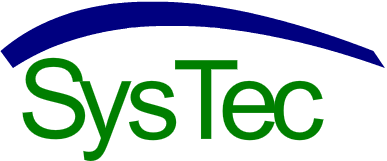National Safe Work Month: Using data to make workplaces safer
Week three of National Health and Safety month is dedicated to using data to make our workplaces safer. Learning the statistics on common causes of injury helps to reduce work related injuries and fatalities.
According to Safe Work Australia, in 2018 144 workers suffered fatal injuries at work. 69% of these fatalities occurred across the following industries:
- Transport, postal and warehousing (38)
- Agriculture (37)
- Construction (24)
The primary causes of worker fatalities in 2018 were:
- Vehicle collision (44)
- Being hit by moving objects (24)
- Falling from height (18)
Out of the 144 worker fatalities, 62% were vehicle-related. In-depth work work related fatality statistics, as well as work related injury statistics can be found on the Safe Work Australia website. Safe Work Australia is also supplying a range of resources for this week’s theme.
What’s On
On Wednesday 14th of October Comcare is hosting COVID-19, our work, mental health and wellbeing, a webinar focused on the impacts of pandemic in these areas. It runs between 2 and 3:30 pm.
